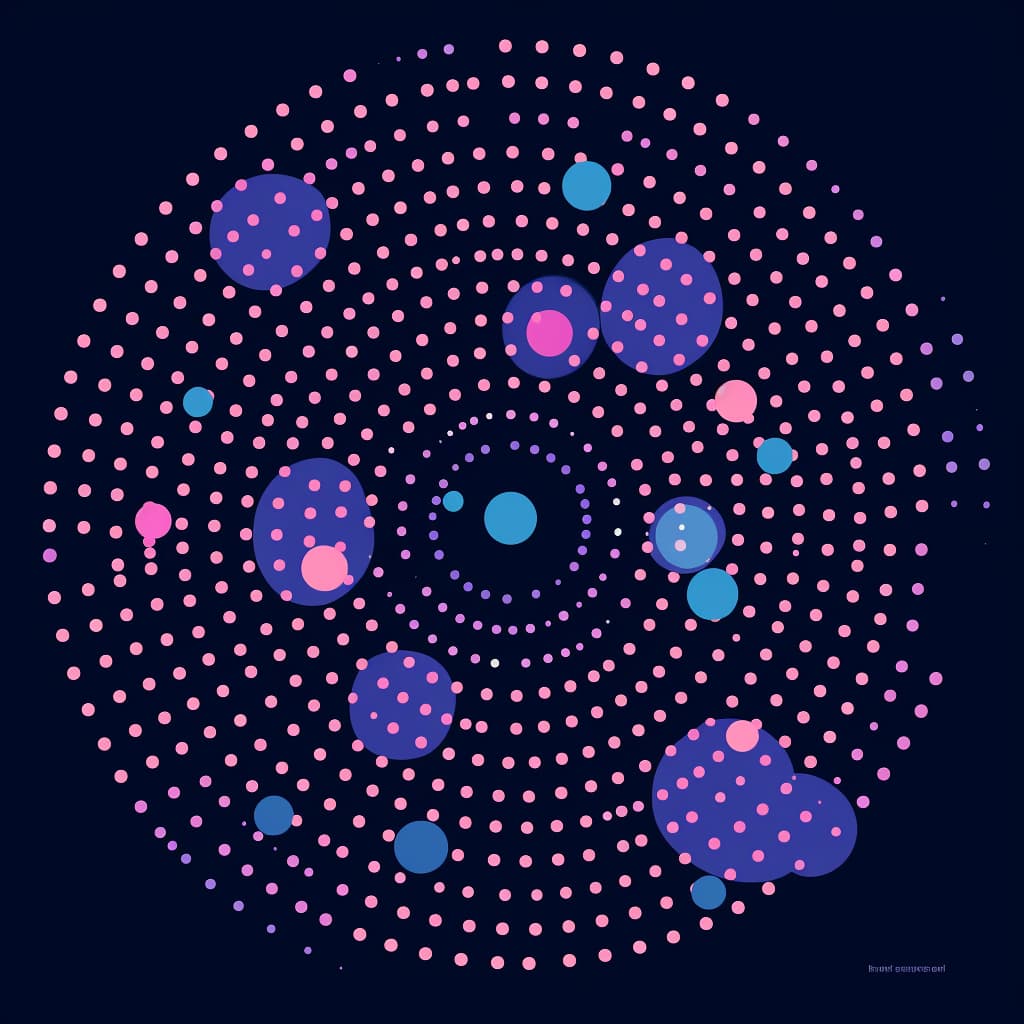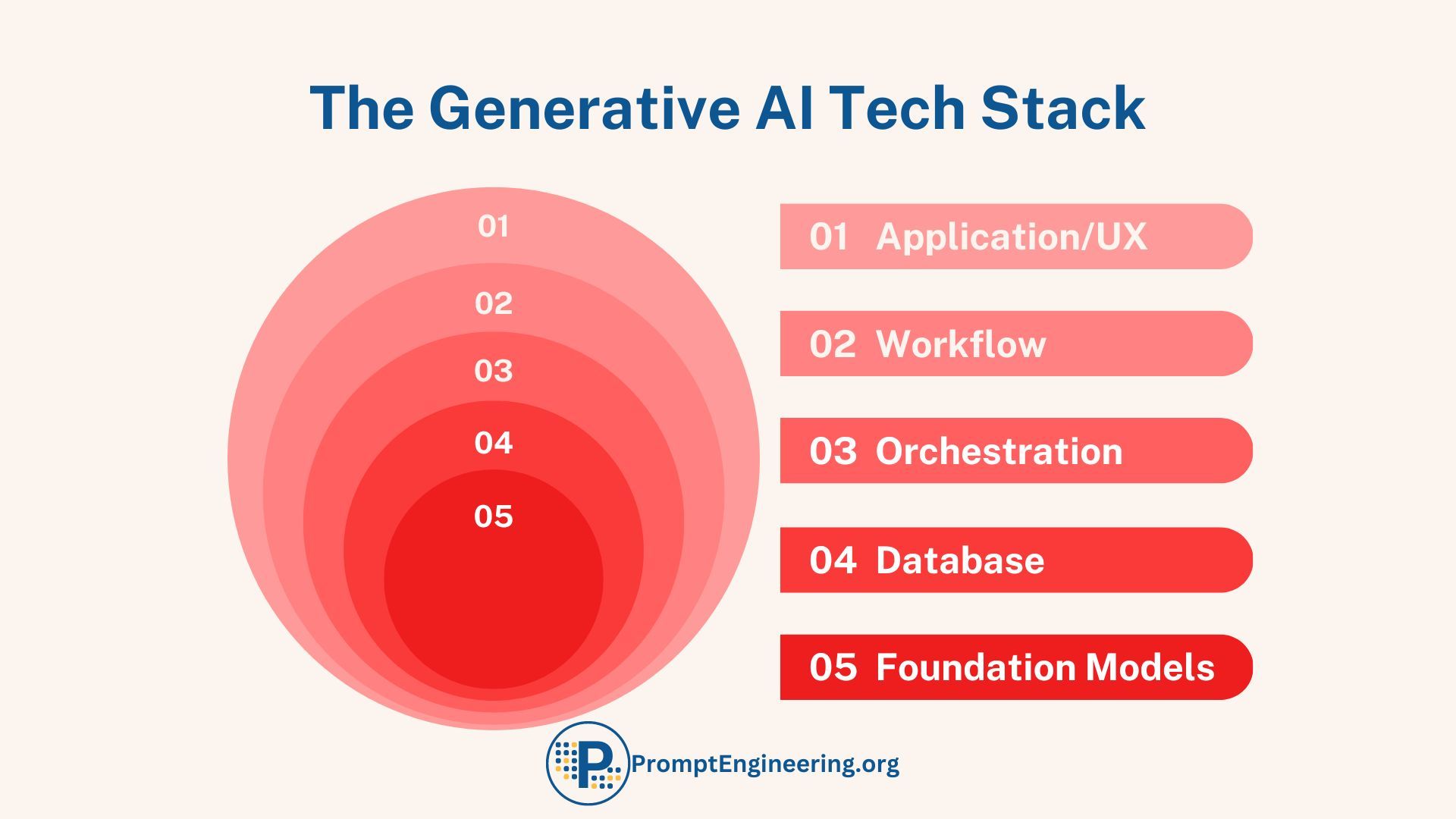The journey towards artificial general intelligence (AGI) has historically been conceived as a quest to create a monolithic, all-encompassing intelligence. However, we have stated two major things at PromptEngineering.org that we see coming to pass since yesterday's announcement by OpenAI—one where AGI is achieved through a multitude of specialized, ephemeral AI agents working in concert through GAINs (Generative AI Networks). This shift from a singular entity to a legion of specialized agents could redefine the pursuit of AGI, leading to a mosaic of intelligence rather than a single, unified consciousness.



The future of AGI will not be a single, omnipotent AI, but rather a decentralized network of myriad specialized agents, each performing distinct tasks, orchestrated by human overseers to collectively exhibit general intelligence.
Specialized Agents
Traditionally, the vision of AGI has been one of a singular, versatile entity. This entity would possess the ability to learn and perform any intellectual task that a human can. Yet, this vision underestimates the complexity and diversity of intelligence. An alternative approach is gaining traction: the creation of specialized, task-based AI agents.
A Diverse Ecosystem of AI
Imagine a world where instead of one AI, there are hundreds, thousands or maybe millions, each tailored for a specific purpose but communicating with each other. This is more than chaining, this is a Generative AI Network of Agents. These agents, ranging from transient to permanent, would be capable of performing discrete functions with precision. This approach mirrors the specialization found in biological ecosystems, where diversity leads to resilience and efficiency.
Instantiation and De-Provisioning: The Lifecycle of Agents
The lifecycle of these agents will be characterized by rapid instantiation and de-provisioning. This fluidity allows for an adaptive, responsive system that can scale up or down based on demand.
The Efficiency of Transience
The ephemeral nature of these agents means resources are not wasted on maintaining unnecessary systems. Once a task is completed, the agent is de-provisioned, and its experience is absorbed into a larger knowledge base or repository. This method is economical and sustainable, reducing the digital footprint of AGI.
The Orchestrator: Human at the Helm
Despite the autonomy of these agents, humans will play a crucial role as orchestrators. This human element will be responsible for defining objectives, interpreting outcomes, and ensuring that the collective actions of the agents align with overarching goals.
I've previously laid out how this will work from both a technical aspect and an enterprise aspect, as well as the key role of prompt engineering. Especially when the technical aspects are eventually abstracted away as we are seeing done by the recent announcement by OpenAI of GPT agents, GPT agents - Packaged AI capabilities specialized for particular tasks that can be easily shared and published.



The Human-AI Partnership
This partnership leverages the strengths of both humans and AI. Humans provide direction and ethical oversight, while AI offers speed, scalability, and computational power. Together, they form a synergistic relationship, enhancing the capabilities of both parties.
The Power of Prompting: Optimizing Agent Performance
A key aspect of developing effective specialized agents will be prompt engineering - the careful honing of prompts to optimize an agent's performance on a specific task. Prompt engineering will allow developers to tap into the power of large language models in a controlled, aligned manner.
Well-crafted prompts will allow agents to generalize effectively within their domain of speciality while avoiding harmful behaviours that could emerge from overly broad prompts. Research into prompt programming techniques such as Autonomous Agents, Synthetic Interactive Persona Agent (SIPA), Generative AI Networks (GAINs), SLiCK Framework and so on.
In addition, prompts could be used as a mechanism for oversight. Conditional prompting will allow agent actions to be constrained to human preferences, acting as a scalable driver of values alignment. Prompts will enable fluid switching between agent objectives without costly retraining.
Developing this prompt engineering expertise will be crucial to harnessing the versatility of LLMs while retaining human coordination. The prompting interface will act as the reins, guiding capable agents towards beneficial outcomes. In this way, prompt programming will be foundational in developing aligned, specialized AGI.
The combination of state-of-the-art models like GPT-4 and prompt engineering techniques will unlock the creation of bespoke cognitive agents, fulfilling discrete but useful goals. Prompt engineering transforms raw capability into controlled, directed intelligence - a powerful tool in the fragmented AGI paradigm.
Learning and Evolution: The Cumulative Intelligence Repository
A central intelligence repository will be pivotal in this new AGI ecosystem. It will serve as a collective memory, ensuring that knowledge and experiences are not lost but are instead used to inform and improve the system as a whole.
The Network Effect
As agents share their experiences, the network becomes smarter. This cumulative learning effect means that the AGI system as a whole can evolve at an unprecedented rate, surpassing what any single agent—or indeed, a single human—could achieve alone.
The Technological Underpinnings: Infrastructure and GPT Engines
The technological foundations for this paradigm are already being laid. The use of containers and automated pipelines for IT infrastructure, combined with advancements in generative pre-trained transformers (GPTs), is paving the way for these multifaceted AGI systems.
From IT to AGI
By integrating GPT engines with existing IT infrastructure, we unlock a new realm of possibilities. This integration is not just an upgrade—it's a transformation that multiplies capabilities and sets the stage for a future where AGI is not just a possibility but a reality.
A New Frontier in AGI
The path to AGI is not a straight line leading to a singular intelligence but a rich tapestry woven from countless threads of specialized agents. This paradigm shift promises a future where AGI is integrated into the fabric of daily life, augmenting human capabilities and driving innovation.
Embracing the Fragmented AGI
As we stand on the brink of this new era, it is crucial to embrace the fragmented nature of AGI. By understanding and leveraging the strengths of specialized agents, we can chart a course towards a more dynamic and capable form of intelligence—one that is not only powerful but also aligned with human values and goals.
My Mental Models of AGI
The Dawn of Specialized Artificial General Intelligence
- A New Vision for AGI:
- Moving beyond the quest for a single, all-knowing AI.
- Embracing a network of specialized, purpose-driven agents.
- Aligning with natural ecosystems' diversity and efficiency.
- The AGI Mosaic:
- Transitioning to a Generative AI Network of Agents (GAINs).
- Each agent is a piece of a larger intelligence puzzle.
- Fluid lifecycle of instant creation and dissolution for tasks.
The LLM Agents & Autonomous Agents Paradigm
- Redefining Capabilities:
- Large language models evolving into goal-driven entities.
- Remarkable reasoning akin to sentient beings.
- Beyond text generation to autonomous functionality.
- Beyond Text:
- LLMs stepping into roles requiring nuanced understanding.
- From drafting emails to complex problem-solving.
- Enabling human-like interactions without constant oversight.
Generative AI Networks (GAINs) Revolution
- Complex Problem Solving:
- Solving intricate challenges with collective AI expertise.
- GAINs offering sophisticated prompt engineering solutions.
- Each agent contributes to a more extensive knowledge repository.
- The Efficiency of Collaboration:
- Specialized agents working in concert, akin to a well-orchestrated symphony.
- Dynamic scalability based on real-time demands and needs.
- Economical and sustainable approach to digital resource management.
Human Oversight in the Age of Autonomous AI
- The Orchestrator's Role:
- Humans guiding the AI towards ethical and goal-oriented outcomes.
- Defining objectives and interpreting complex agent-derived data.
- Ensuring AI actions are in harmony with human values and societal norms.
- Ethics and Alignment:
- Navigating the moral implications of autonomous decision-making.
- Setting boundaries to maintain control over AI intentions and actions.
The New Frontier: Generative AI Tech Stack
- Enterprise-Ready AI:
- Building robust and scalable AI systems for business applications.
- Offering a pragmatic framework for understanding and implementation.
- Tailoring AI capabilities to fit specific enterprise needs.
- Strategic Enterprise Adoption:
- Blueprint for incorporating AI into organizational infrastructure.
- Empowering businesses with AI-driven operational enhancements.
Forging the Human-AI Partnership
- Synergy Between Humans and AI:
- Capitalizing on the unique strengths of both parties.
- Humans providing ethical direction; AI providing computational might.
- A collaborative relationship that elevates both human and machine capabilities.
- The Prompting Revolution:
- Fine-tuning AI performance with precision through prompt engineering.
- Establishing a controlled mechanism for guiding AI actions.
- Developing expertise to utilize LLMs for specialized tasks effectively.
The AGI Ecosystem: Learning, Evolution, and Infrastructure
- Cumulative Intelligence Repository:
- A collective memory enhancing the system with shared experiences.
- Knowledge dissemination fostering rapid evolutionary growth.
- Infrastructure and GPT Engines:
- Leveraging IT advances to lay the groundwork for AGI systems.
- Integrating GPT engines to transform and upgrade existing capabilities.
- A Multifaceted AGI Future:
- AGI evolving as an intricate network rather than a monolithic entity.
- A paradigm shift towards an integrated, augmented human experience.
Conclusion: Embracing Fragmented AGI
- Charting a New Course:
- Recognizing the potential of a distributed AGI system.
- Leveraging specialized agents for a dynamic intelligence framework.
- Anticipating a future harmonized with human intent and innovation.









